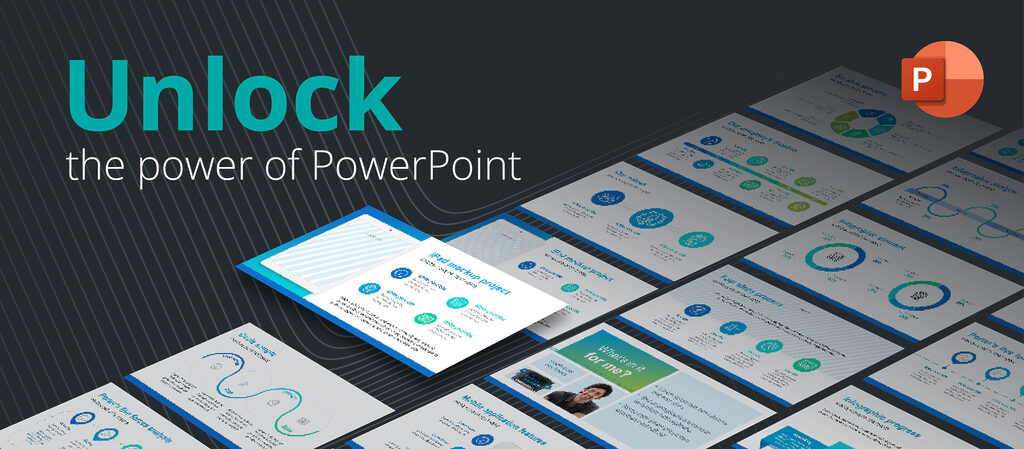
Gwen: You started your professional life in sales. How did those experiences shape your decision to start a communications design agency?
David: When I look back on my early career before I started CGI, I realize that I couldn’t have envisioned the type of agency we would be today. There have been too many steps between then and now, and too many changes in technology.
Before I started CGI, I worked for a new company called AutoGraphix, which developed software that allowed businesses to make their charts and graphs in-house. I started selling this solution to large companies. Although many bought the technology, even more asked me if we could do the work for them. That was how CGI began. They would give us drafts, and we would come up with the content and a unique design.
Gwen: Over the years, how have our services changed to match our client’s needs?
David: Technology advanced quickly in this area. A few years after I started CGI, presentation software became available. Then three months later, Microsoft bought what we know today as PowerPoint. I first thought this would hurt my business, but it did the exact opposite. Everyone became a presenter, but no one had the design skills, the patience, or the time to make high-quality presentations. I realized this was an opportunity.
Gwen: So, over the decades, we developed the skills needed to become not only good designers but smart designers and effective communicators.
David: The tools might change, but the need is the same as it was 30 years ago. To deliver critical thinking and exceptional design that helps our clients communicate. One of our biggest differentiators is having a team with the smarts to understand our client’s complex technology.
What are the biggest challenges facing our clients are today? Social media has added a layer of complexity, making it more challenging to reach customers the right way, but also adding more opportunities. I’ve talked a lot about presentations, but there is another form of presenting a message that works well for many marketing channels, including social — and that’s video.
Today, people appreciate the option to watch a video when exploring new solutions. Video has the flexibility to target the right message at different points in the sales funnel, educating customers about the business or solutions, reinforcing the brand along the way. This gives the sales team more time to add value by building customer relationships.
Another client challenge is budget. To help, we think about how the graphics we create can be used for other communications. Because we do both presentations and videos, it’s satisfying to see how our visuals can work for both. We also take an asset like a 90-second video and can recommend building it in a way that allows us to slice it up into two to three social videos that target different message points. It’s an easy, cost-effective way to create a family of videos that gives our clients flexibility and stretches their budgets.
Gwen: One more question, in your role as president, you hear feedback from our clients. What has been most memorable?
David: Without a doubt, it’s the client “thank you” notes and phone calls that continue to inspire us all. I have many of them framed, and the voicemails saved. The feedback has a consistent theme that spreads across three areas: great creative content, uncompromising customer service, and the unique ability to understand what our clients do.
From the initial contact and the smooth process to the final deliverable, we often hear that we’re totally engaged, and have the ability to put people at ease. As one client recently put it, “CGI gives me confidence and more conviction when delivering my message — and they’re good fun, too.” We might be 31 years old, but we’re just getting started!





